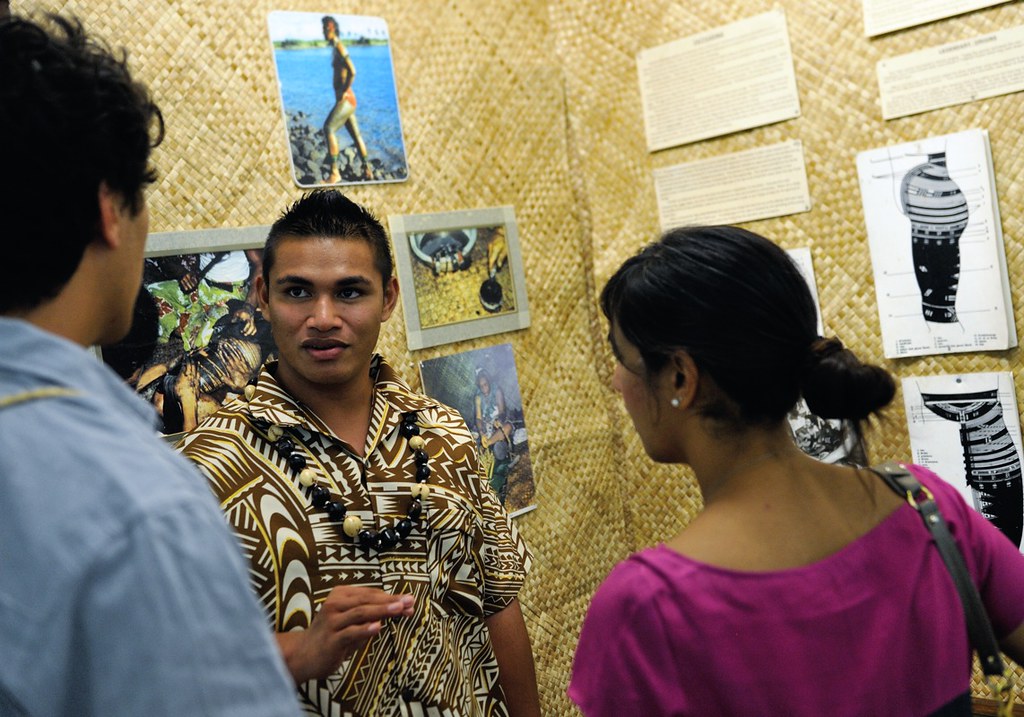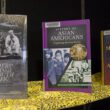When Illinois became the first state to require AAPI studies in K-12 classrooms in 2021, it was a breakthrough for advocates and students alike. For many Asian Americans, Native Hawaiians, and Pacific Islanders, it would guarantee exposure to cultures and histories never before taught.
Since then, several other states have followed suit, with Wisconsin Gov. Tony Evers (D) most recently signing a bill to add Asian American history—and specifically Hmong history—to its K-12 public school instruction.
But passing the laws was only the beginning—the next part is what’s hard, according to University of Connecticut Asian American studies professor Jason Chang.
The AAPI category is an umbrella term for over 50 ethnic groups. Each has their own path of migration, contributions, cultural traditions, activism, languages, and more. Yet the language in many of these bills lacked clarity on what the K-12 curriculum would look like, how it’d be implemented, and whether all 50-plus ethnic groups would be fairly and adequately represented.
In his corner of Connecticut, Chang is leading the push to craft detailed curricula for classrooms across the country.
Starting from scratch
Chang was a leader in the campaign to have Asian American studies included in state statutes and was tasked with creating a model curriculum for Connecticut.
At UConn’s Asian American States Institute, Chang has built a curriculum lab where he and his team test out different lesson plans and subject matter with teachers and students from various schools and backgrounds.
For him, specificity is key. “If you do something general and not grounded in specificity, it loses its relevance and you lose students,” he told The Yappie.
One strategy Chang and his team are exploring is tying AAPI studies to math lessons—specifically word problems. Instead of problem sets that discuss the number of apples and oranges a fictional character purchases at a grocery store, questions could revolve around population figures and ratios of certain AAPI groups in America.


Photo: U.S. Embassy via Flickr
For educators, Chang prepared analytical questions and book lists related to AAPI topics. Teachers then spend time addressing the “big questions” that are most likely to come up in classroom conversation.
He is also in the process of certifying teachers to incorporate his introduction to Asian American studies course into high school classrooms for dual credit as part of UConn’s Early College Experience program.
Classroom rollout
At the end of the day, Chang and his team are attempting to do something new. That means there will be missteps and almost certainly debate over the curriculum he delivered to the state’s education department earlier this year.
But it’s also part of the process needed to ensure it’s as comprehensive and engaging as possible. After all, states across the country will be looking for a prototype to study.
The next step? Working with local schools to pilot lessons.
He hopes to demonstrate the efficacy of social studies in “helping connect students to their education” and “giving students a personal connection to the curriculums.”








